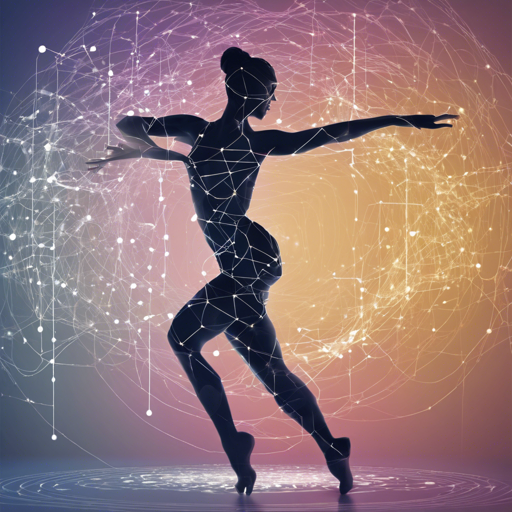Welcome to the world of DanceNet! In this blog post, we will take you through a user-friendly guide on how to set up and run DanceNet, a dance generator powered by advanced machine learning techniques like Variational Autoencoders, Long Short-Term Memory networks, and Mixture Density Networks. Whether you’re a tech enthusiast, a dancer, or just curious about AI, this article is for you!
Getting Started: Main Components
- Variational Autoencoder: Think of this as the brain of the operation, capable of learning to generate new dance moves by studying existing ones.
- LSTM: This component adds memory to our system, allowing it to generate dance sequences that are smooth and coherent.
- Mixture Density Layer: This helps to predict the probability distribution of the dance moves, making the output even more expressive and varied.
Requirements
Before you dive in, make sure you have the following requirements in place:
- Python version: 3.5.2
- Packages:
- keras==2.2.0
- sklearn==0.19.1
- numpy==1.14.3
- opencv-python==3.4.1
Dataset
To train the model, you can utilize the following video:
Training Video
How to Run DanceNet Locally
Follow the instructions below to get DanceNet running on your local machine:
- Download the trained weights from
here and extract it to the DanceNet directory. - Run
dancegen.ipynbto see the magic happen!
How to Run in Your Browser
If you prefer working in the cloud, here’s how you can run DanceNet in your browser:
- Click the button below to open this code in a FloydHub workspace.
- Once you’re in the workspace, the trained weights dataset will automatically be attached to the environment.
- Run
dancegen.ipynb.
Training DanceNet From Scratch
If you’re feeling ambitious and want to train the model from scratch, follow these steps:
- Fill the
imgsfolder with dance sequence images labeled as1.jpg,2.jpg, etc. - Run
model.py. - Run
gen_lv.pyto encode images. - Run
video_from_lv.pyto test the decoded video. - Run the Jupyter notebook
dancegen.ipynbto train DanceNet and generate new video.
Understanding the Code with an Analogy
Imagine DanceNet as a dance studio where various dancers (data points) come to learn and create their unique dance styles. The Variational Autoencoder acts like a choreographer who watches many performances and creates a new dance routine by mixing different styles.
The LSTM is like a dance instructor who ensures that each move flows smoothly into the next, transforming the routines into graceful performances. Finally, the Mixture Density Layer is the creative spark that adds a dash of unpredictability, allowing dancers to interpret the choreography in their own way, enhancing the overall experience!
Troubleshooting
Here are some common issues you might run into while setting up DanceNet and how to tackle them:
- Issue: Errors during package installation.
Solution: Make sure you have the correct Python version and that all packages are compatible. - Issue: Problems with running the Jupyter notebook.
Solution: Ensure you are in the correct directory and that all dependencies are installed. - Issue: Dataset loading issues.
Solution: Double-check the video link or trained weights file path. - For more insights, updates, or to collaborate on AI development projects, stay connected with fxis.ai.
Conclusion
At fxis.ai, we believe that such advancements are crucial for the future of AI, as they enable more comprehensive and effective solutions. Our team is continually exploring new methodologies to push the envelope in artificial intelligence, ensuring that our clients benefit from the latest technological innovations.


